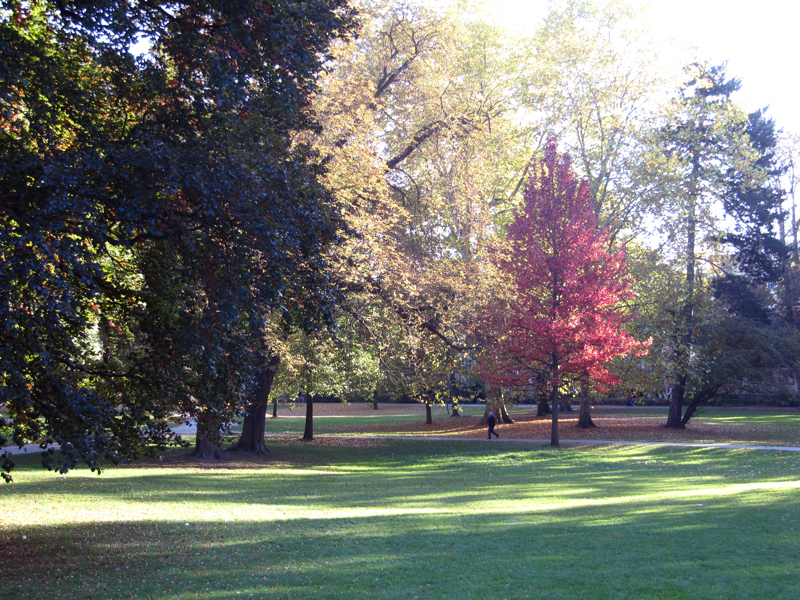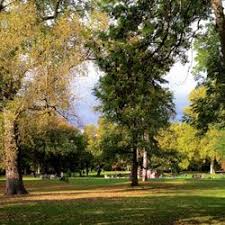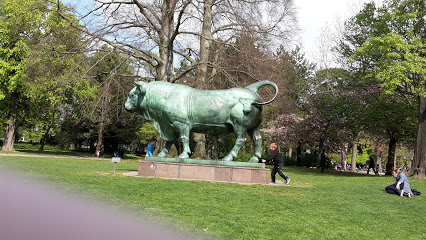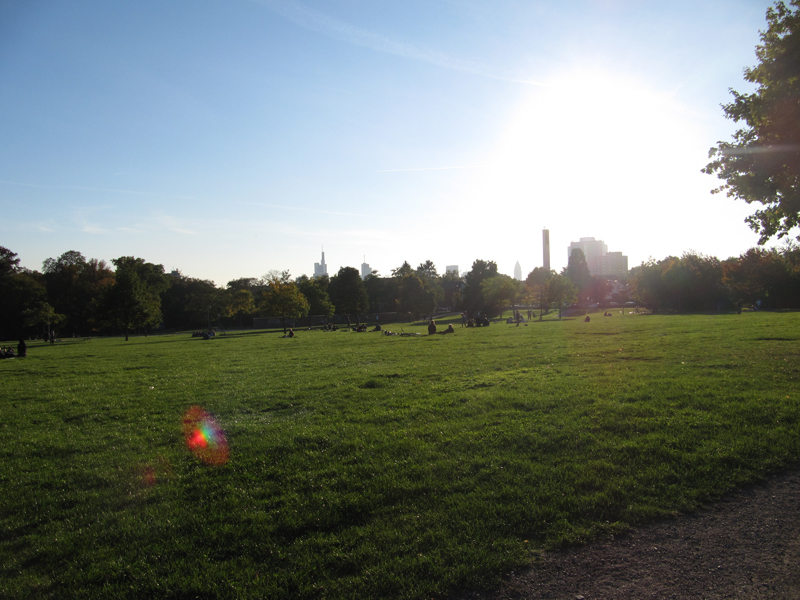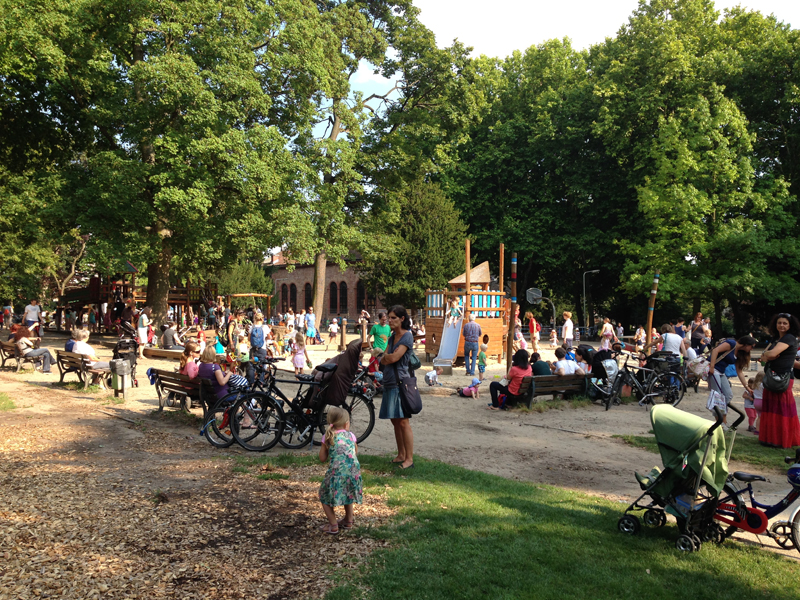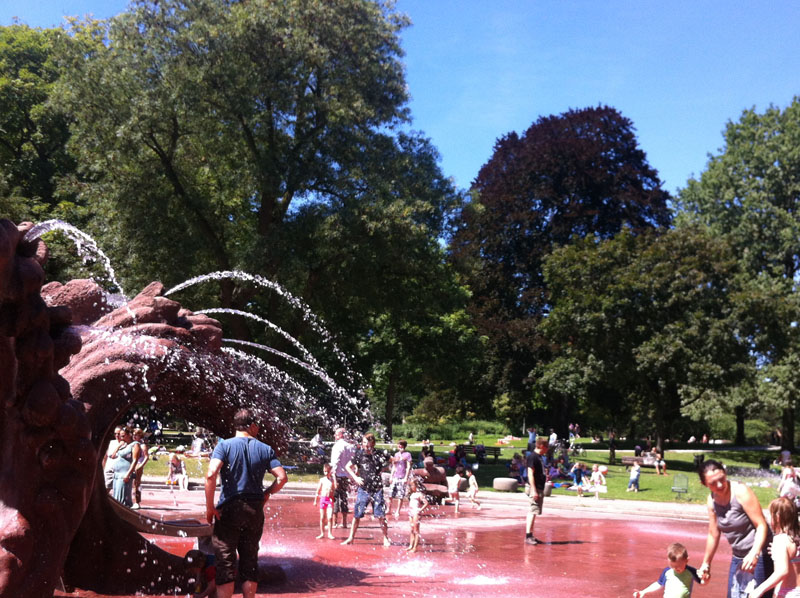Three feet crumpled around a "lady with a swimming ring". Screaming gladly, they let the spray of the clicker fountain on themselves. The Lady is one of the five stone forms of water-borne, which "stores" around water games in Güntherburgspark. Crowds of children gather here in summer when the plants spray water. The Günthersburgpark is designed as a playground. The large lawns invite you to stroll in the shade of the trees, and the children walk around the water, on the playground, in the football fields and in the street. At the northern end of the park, when you go to the theme parks, an adventure playground awaits you with a building area, a fireplace, a climbing castle, a garden and more. Paul played on the plane tree alley. There is a cafe next to the former orange, which is now the headquarters of the Frankfurt Child Protection Agency. Dogs are strictly prohibited in the garden.
In the Middle Ages stood on the ground of the park, fortified Bornberg. In 1306, it was inhabited by the mayor of Frankfurt Weiss von Limburg. Günthersburg was named after its owner Jakob Günther since 1690. In 1837, Karl Mayer von Rothschild acquired the estate and built a landscape park in English. Generous meadows were built with orchard-like orchards under the supervision of Sebastian Raines and with the support of Heinrich Sismayer. In 1844/1945, the representative of Villa Gunthersberg was built on the ruins of the castle. The city seized the property in 1889. The palace had to be demolished for the will of the deceased owner, leaving only the oranges. In 1892, garden director Andreas Weber (1861-1901) gently transformed the high terrain with its beautiful trees into a public park with a children's playground.
Even today, there are rare exotic plants in the garden, such as sequoias, black pine, and crimson horns. Two sculptures were placed in the garden: "Sämann" by Constantin Meunier and Fritz Böhles imposing "Walking Taurus". In 1991, the region expanded to the north, totaling 7.42 hectares. Since 2004, STALFAL Theater Offen Luft has been organized in new meadow areas, a four-week summer scene with music, a nightclub, readings and theater of course.
From the ruins of the former orange in 1950, the Church of the Protestant Church.
The garden has a café with summer garden and toilet facilities. There is also an alley tree plane, which is regularly used from a street.

